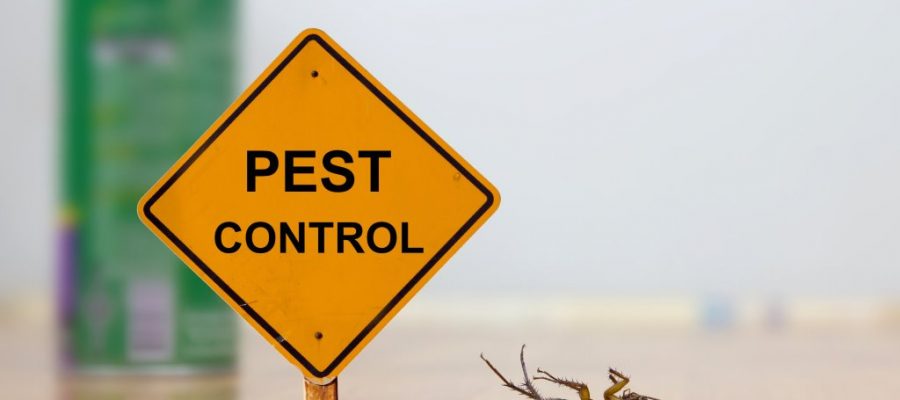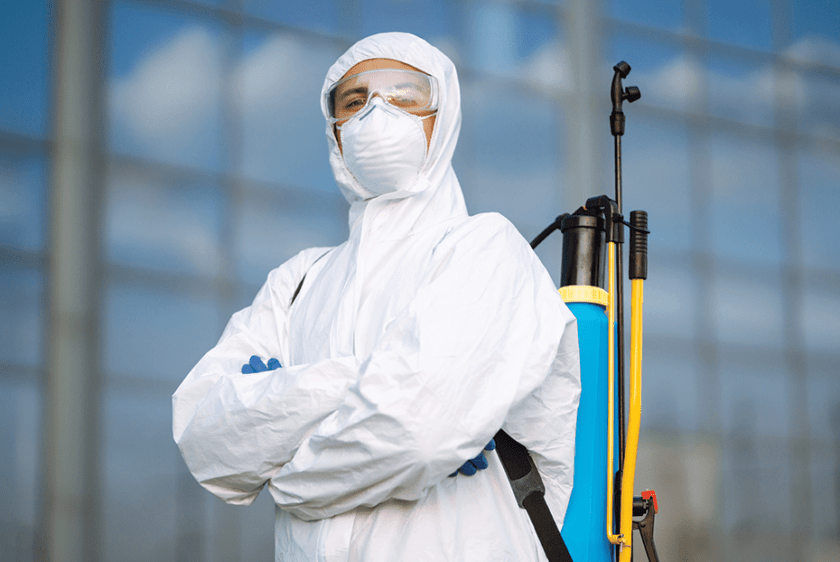Reliable Pest Control to get rid of pests, rodents, and termites permanently.
Eco-Friendly Insect Control Approaches for Managing Wild Animals in Urban Areas
Urban areas commonly locate themselves at the crossway of human task and wildlife, leading to distinct obstacles in parasite administration. These methods not only safeguard the setting yet likewise improve community engagement in wild animals administration. As urban populations continue to expand, comprehending the dynamics of wild animals communications comes to be progressively essential.
Understanding Urban Wildlife Dynamics
Recognizing Urban Wildlife Dynamics is important for developing reliable and environmentally friendly parasite control strategies. Urban locations are progressively ending up being environments for various wildlife types, driven by elements such as habitat fragmentation, food accessibility, and human infringement. Recognizing these characteristics enables a nuanced method to pest management that straightens with eco-friendly concepts.
Urban wild animals typically consists of varieties such as raccoons, squirrels, and birds, which adapt to city environments, discovering specific niches in environment-friendly spaces, parks, and even houses. Their existence can bring about conflicts with humans, especially when they make use of personnels for food and shelter. Recognizing the habits and environmental functions of these varieties informs approaches that decrease unfavorable communications while promoting biodiversity.
In addition, recognizing the interdependencies within urban ecological communities aids in identifying critical locations for environment conservation and remediation. This understanding adds to the development of integrated pest administration (IPM) methods that take into consideration the environmental balance, consequently lowering reliance on hazardous chemicals. By cultivating conjunction in between humans and city wildlife, cities can create healthier environments that profit both locals and neighborhood ecological communities, leading the way for sustainable urban living.
Natural Repellents and Deterrents
All-natural repellents and deterrents provide a sustainable option to conventional parasite control techniques by taking advantage of the power of nature to keep unwanted varieties away. These green remedies generally utilize plant-based active ingredients, vital oils, and various other naturally occurring materials that hinder parasites without damaging the atmosphere.
One reliable natural repellent is peppermint oil, which is understood to ward off rodents and bugs. Its solid aroma is undesirable to lots of bugs, making it a prominent option for urban settings. Vinegar and citrus peels can offer as deterrents, as their solid smells are typically unappealing to different wildlife.
Additionally, diatomaceous planet is a natural powder that can be spread in locations susceptible to pest task, effectively drying out and deterring insects without posturing dangers to non-target types. Garlic sprays and neem oil are recognized for their capability to fend off a broad array of insects, consisting of both pests and bigger wildlife.
Applying these natural repellents not just minimizes reliance on chemical pesticides but also advertises a healthier urban community, promoting an extra balanced conjunction in between people and wildlife. By making use of these techniques, urban areas can effectively take care of parasite populations while minimizing environmental impact.
Habitat Adjustment Strategies
Efficient environment alteration methods play an essential duty in sustainable insect monitoring by modifying the setting to make it much less conducive to pest problems. By comprehending the ecological characteristics of metropolitan areas, building proprietors can carry out critical modifications that deter parasites while promoting biodiversity.
(Mosquito Misting Systems)One primary method involves keeping correct hygiene. This includes regular waste elimination, protecting garbage can, and eliminating standing water to decrease breeding sites for bugs and rodents. Full Report Additionally, landscape design techniques such as selecting native plants can improve ecological balance, giving habitats for valuable organisms while reducing resources for insects.
An additional essential method is to seal entry factors in structures. Inspecting and repairing splits in structures, walls, and home windows can considerably minimize insect accessibility. Developing physical barriers, such as fences or plant barriers, can hinder wildlife motion into human-inhabited locations.
Integrated Pest Administration Practices
Structure upon habitat alteration strategies, integrated insect administration (IPM) methods use an all natural strategy to controlling bug populaces while lessening environmental effect. IPM integrates numerous techniques, including biological, cultural, mechanical, and chemical controls, to accomplish efficient parasite monitoring.
Biological control entails the introduction of natural killers or bloodsuckers to decrease parasite populaces. Cultural practices, such as crop rotation and sanitation, disrupt pest life process and reduce their environments - Pest Control. Mechanical controls, like catches and barriers, give prompt relief from parasite pressures without chemical intervention
Chemical controls are utilized as a last hotel, concentrating on targeted applications that restrict injury to non-target varieties and the atmosphere. The selection of ecologically friendly pesticides, when essential, is essential to the IPM framework. In addition, checking parasite populaces and analyzing prospective damage aids notify decision-making, ensuring that interventions are timely and reliable.
Community Involvement and Education

(Barn Fly Control)Workshops and informative sessions can outfit residents with understanding regarding indigenous types, habitat preservation, and effective safe insect monitoring techniques. Collaboration with institutions, local companies, and government agencies better boosts academic outreach, making certain that crucial info gets to varied target markets.
Additionally, community-led campaigns, such as community clean-up days and habitat reconstruction jobs, not just advertise biodiversity however also strengthen neighborhood connections. Pest control service. By encouraging citizens to share their experiences and monitorings, neighborhoods can develop targeted methods that resolve specific local pest problems
Integrating comments from citizens right into pest administration plans allows an extra receptive and flexible strategy to wildlife difficulties. Ultimately, educated and involved communities are crucial to attaining lasting success in green pest control, bring about much healthier metropolitan settings that appreciate both human and eco-friendly requirements.

Verdict
In conclusion, environmentally friendly pest control approaches offer sustainable solutions for taking care of metropolitan wild animals. By focusing on environment adjustment, utilizing natural repellents, and executing incorporated insect monitoring methods, communities can foster a harmonious coexistence with local fauna.